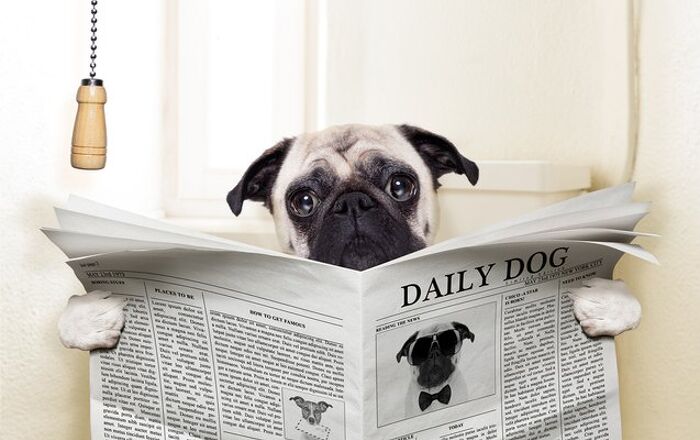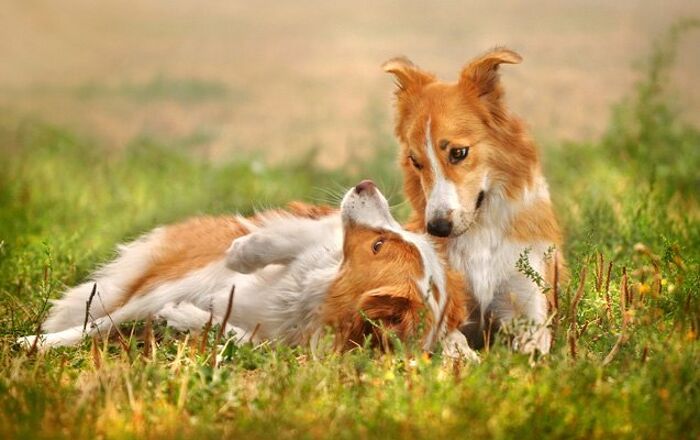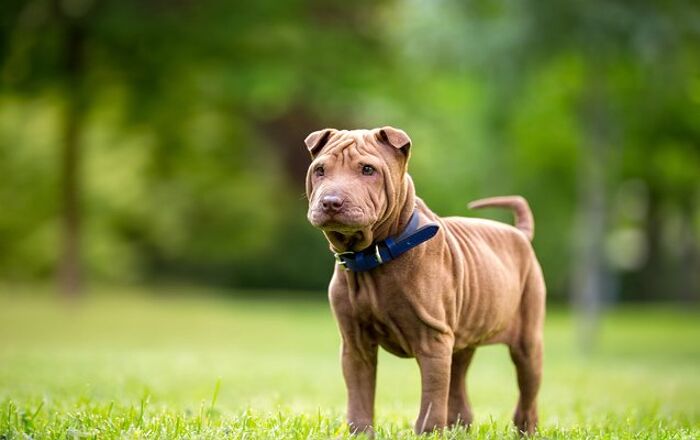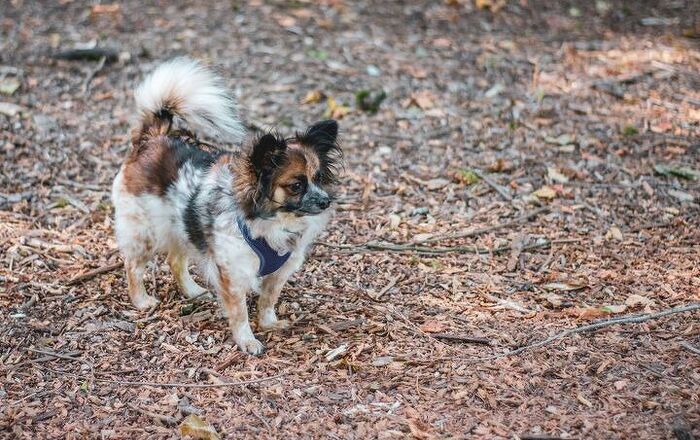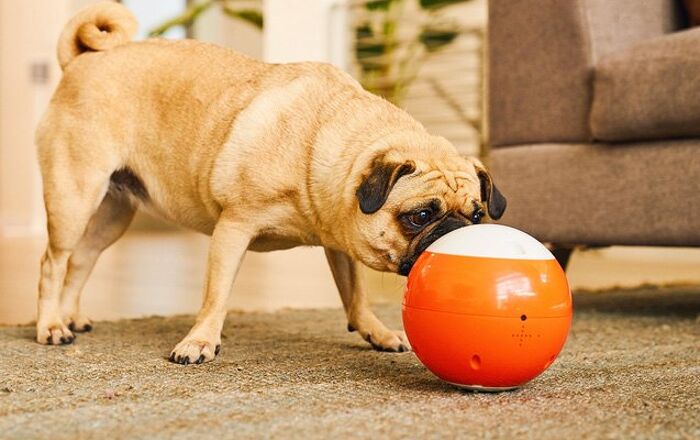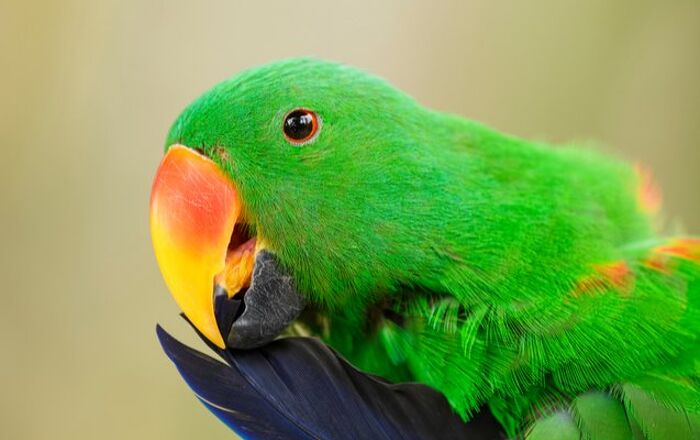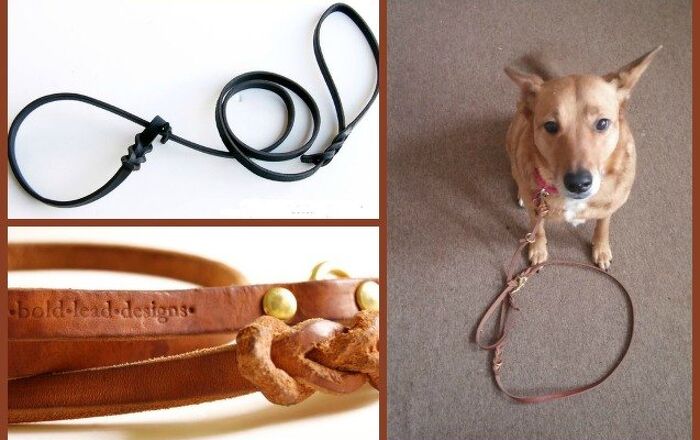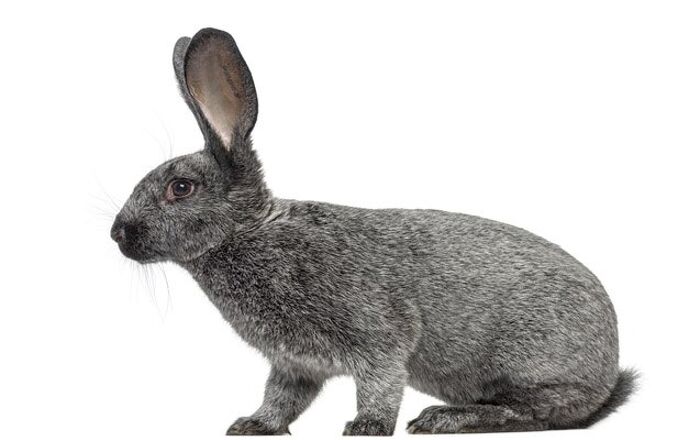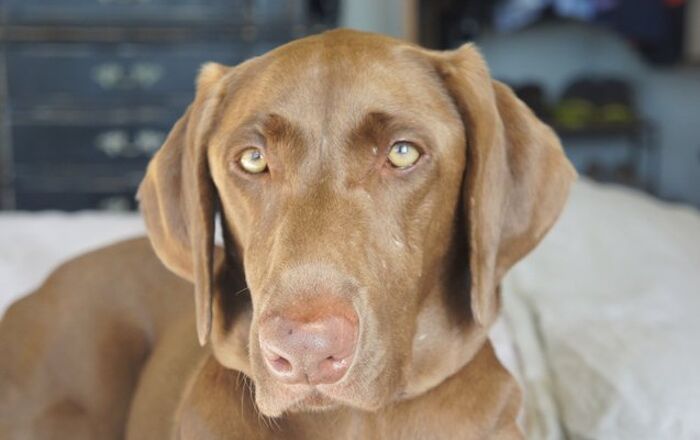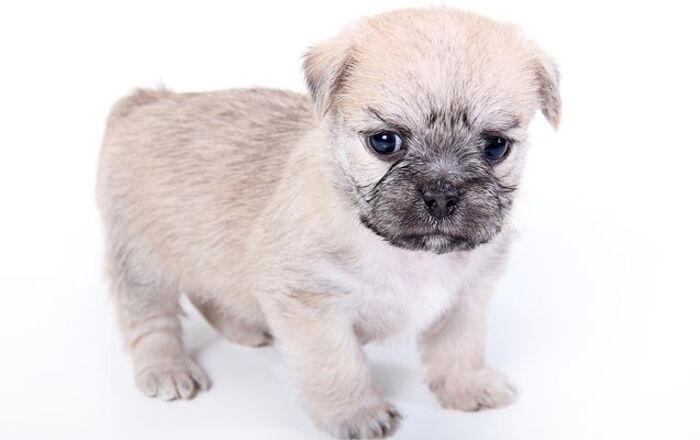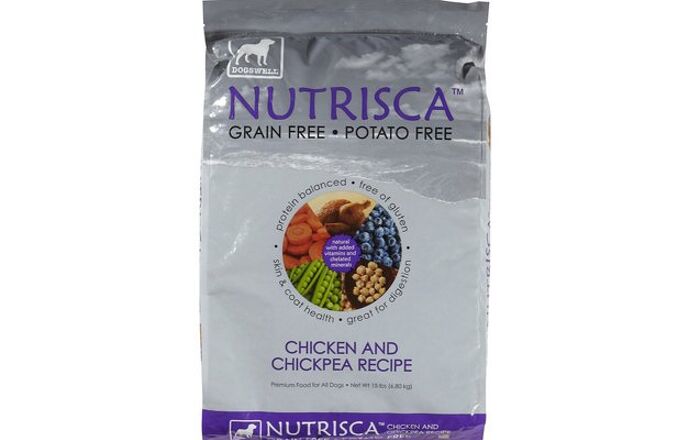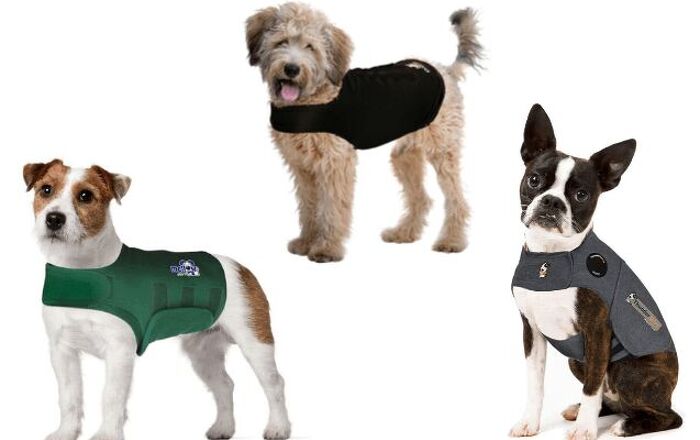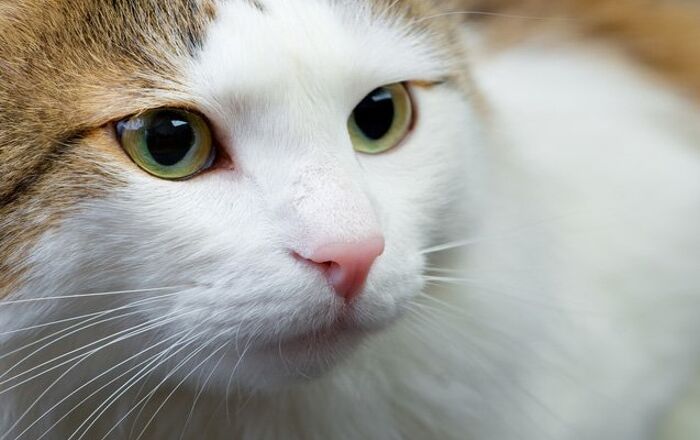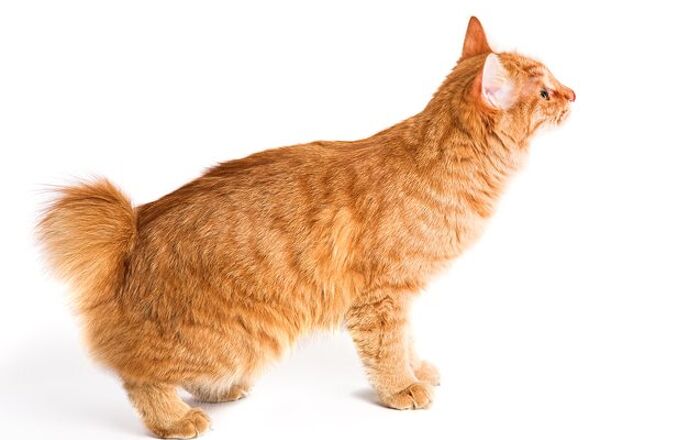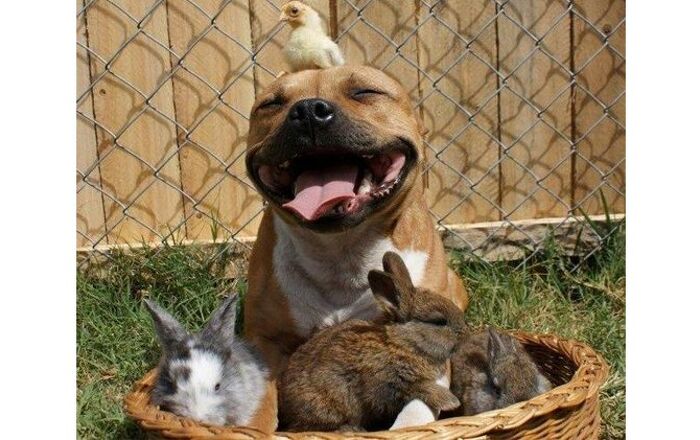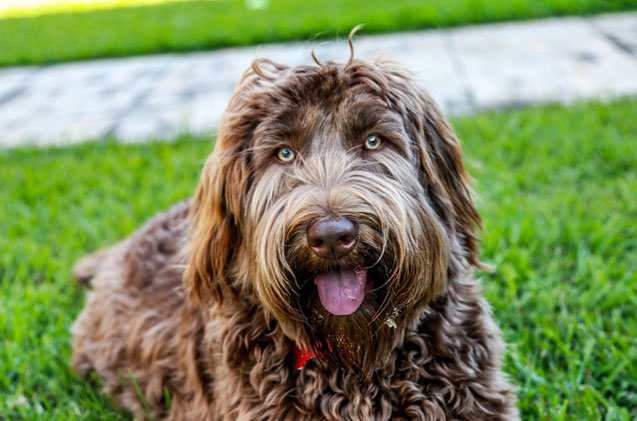
Chesa-Poo Basics
The solidly built Chesa-Poo comes from two breeds with strong hunting instincts; the intelligent and playful Poodle and the friendly, gentle Chesapeake Bay Retriever. Together, these breeds make one great family dog who in spite of the urge to chase squirrels and other small animals, is highly affectionate and gets along superbly with kids and other pets.
The Chesa-Poo brings together the playful personality of the Poodle and the gentle nature of the Chesapeake Bay Retriever.
Origin

The Chesa-Poo is considered a designer dog versus simply a mixed breed because he is the product of two pure-bred dogs. This type of breeding became popular in the 1980s with the intention of producing puppies that carried the desired traits of both parent breeds – typically a healthier, smaller, hypo-allergenic or gentler form of a popular breed.
Pedigree
The Chesa-Poo is considered a designer dog meaning he comes from two different pure breeds. As a result, he doesn’t qualify for the American Kennel Club’s (AKC) roster of purebreds however both parent breeds are members. The Chesapeake Bay Retriever became a member of the “sporting” group back in 1878 and the Poodle joined the “non-sporting” group shortly after, in 1887.
Food/Diet
Chesa-Poos are big dogs who will typically be quite active throughout their day so their food needs to be a well-balanced, top-quality kibble that is specifically designed for their age, size and energy levels. Because the Poodle side of this dog can run into digestive issues, opt for a food that is low-fat and with Chessie’s being prone to gaining weight, plan to schedule meals 2 to 3 times per day versus allowing him to free-feed. Poodles are also prone to bloat so ensure exercise is not taken within an hour of him eating.
The Chesa-Poo is a loyal family pet that loves to hang out with his human pack.
Training
Your Chesa-Poo can be a pleasure to train given his intelligent background and eager to please personality however a stubborn streak from the Retriever side may mean a little extra patience is required to get the desired results. Take a firm, consistent approach to ensure he understands pack order and bring in a professional if necessary. As with most dogs, rewards including loads of verbal praise and treats, go a long way in bringing results.
Weight
Your Chesa-Poo is a big boy who will likely weigh in the 60 to 75-pound range when fully grown.
Temperament/Behavior
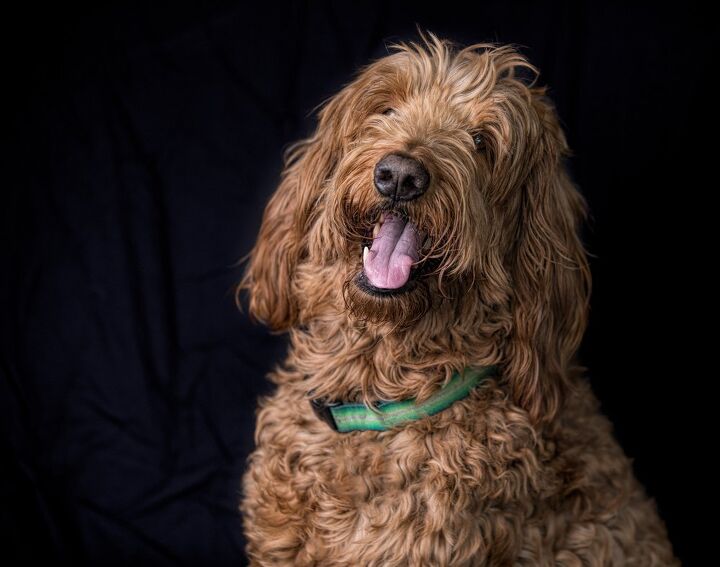
The Chesa-Poo is a loyal and loving family pet that comes from two highly intelligent breeds. He is friendly to kids, other animals and new faces so isn’t the most effective watchdog. The Retriever in him can present as stubborn so establishing a pack pecking order is important to ensure he obeys commands. This gentle boy considers himself an important part of the family and loves nothing more than hanging with his humans so doesn’t do well when left for long periods of time on his own.
Common Health Problems
The Designer dog is often bred to side-step many of the health issues that can plague his purebred parents. That said, it’s always important to know what your new pup could inherit and with the Chesa-Poo that can include digestive issues from the Poodle, entropion and retinal dysplasia as well as joint issues from the Chessie.
Life Expectancy
Chesa-Poos are a large, healthy dog that will typically live between 10 and 13 years.
Exercise Requirements
Your Chesa-Poo is an active dog that will need substantial daily activity to keep him physically fit and mentally stimulated. Daily walks are a great start, as well as regular visits to an off-leash park where he can run, chase a ball and interact with other dogs. This boy is naturally agile so tossing a Frisbee in his own backyard is a quick and ideal outlet for his energy. Failure to meet his exercise needs can result in boredom and destructive behaviors with this pooch.
Your Chesa-Poo can be a pleasure to train given his intelligent background.
Recognized Clubs
Also known as the Chesadoodle, the Chesa-Poo is a designer dog which means he doesn’t quality for recognition by the American Kennel Club (AKC) however he is a member of the Designer Breed Registry (DBR), American Canine Hybrid Club (ACHC), Designer Dogs Kennel Club (DDKC), and the International Designer Canine Registry (IDCR).
Coat
The Chesa-Poo has a thick, curly double-coat that is great for owners who don’t want the hassle of constantly vacuuming their home and car – he’s non- to low-shedding due to the Poodle DNA in him. Brushing 3 to 4 times a week will be enough to keep his coat matt- and tangle-free while a visit to the groomers every 6 months should be sufficient to keep his coat’s shape. Because he has floppy ears, inspect and clean weekly to prevent infections.
Puppies
Chesa-Poo pups will grow to be large dogs and care needs to be taken not to overfeed them during this stage. Joint issues later in life can be a problem and extra weight will only exacerbate this problem. Similarly, leash training, exercise sessions and simple handling should be done with care to avoid injuring tiny joints.
Photo credit: Luminoisty-images.com/Shutterstock; Mike Taylor/Shutterstock.com; Sophie Morrissey/Shutterstock.com

